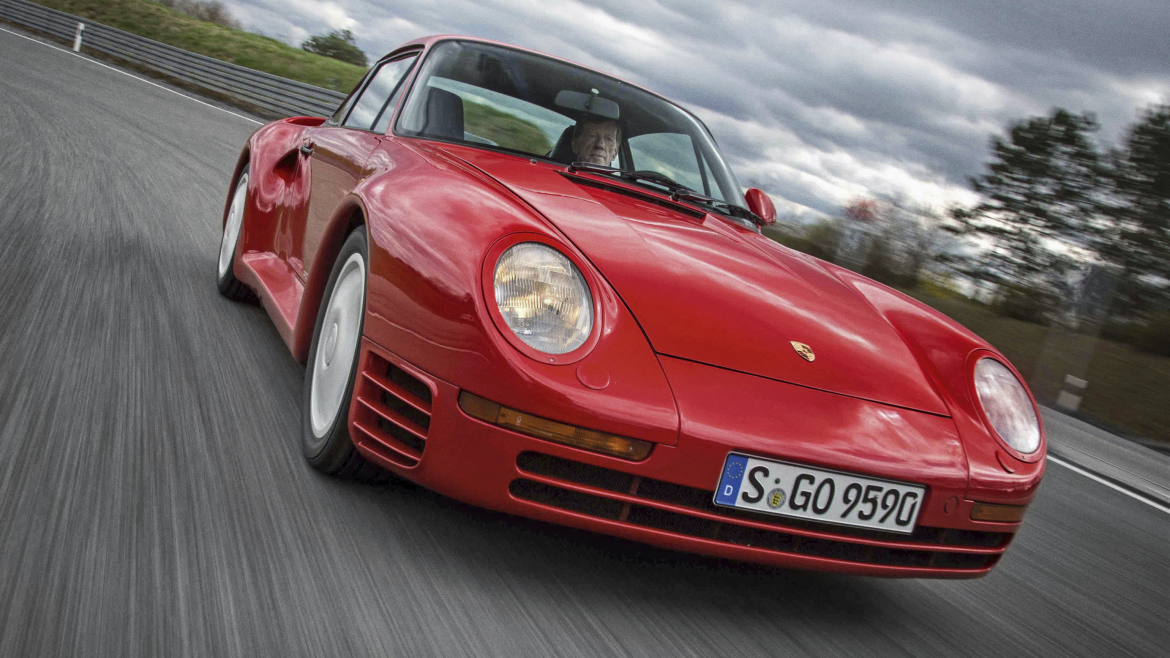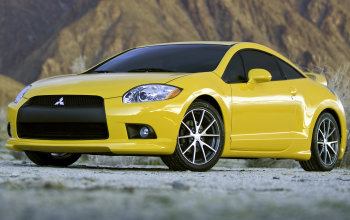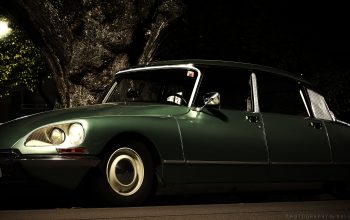The most ambitious Porsche ever made, bar none.
Welcome to another Car of the Week winner, which is certainly one of them most pioneering supercars ever made, the Porsche 959. It has beaten other contenders like the 458 Italia, RS 6 Avant and Chevrolet Chevelle to find its spot on our blog and boy are we glad to be able to write a piece on it. Sit back and enjoy the ride as we dig deep into the roots of this glorious model and how it came to be, in addition to how well it performs against its main rivals.
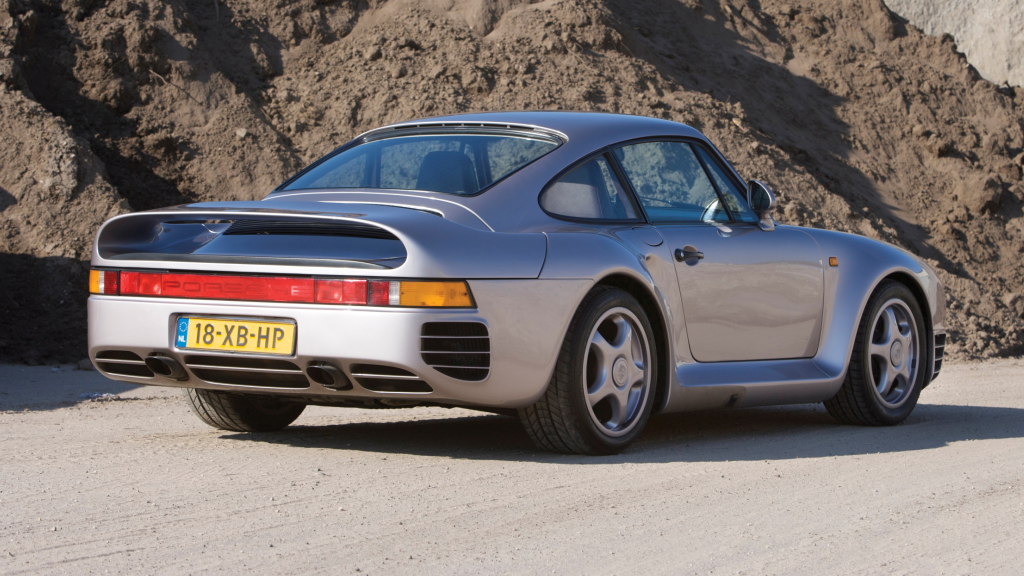
An engineering marvel.
The Porsche 959 came to life in 1986, initially designed and commissioned in as early as 1981 by then-managing director Peter Schultz to compete in Group B rallying competition similar to Audi Quattro and Ford RS200. Knowing that the all-wheel drive monsters would beat the already existing 911 to a pulp, Porsche executives began the development of a whole new model that would utilize an all-wheel drive system to even the score. As FIA homologation required at least 200 units to be built for the road, the approval was given and the first model rolled off the production line and instantly took the press by storm. It was not only a revolutionary step for Porsche but supercars in general thanks to Porsche’s forward-thinking engineers. Let us figure out what the 959 was crammed with.
Porsche went ahead and used their new 2.8L twin-turbocharged Flat-6 engine on the 959, which produced 444 HP and 500 NM, making it one of the most powerful cars at the time. The cylinders were air-cooled whereas the heads were water cooled, setting up the basis for the future 911 Turbo models alongside the all-wheel drive system. Porsche also installed rather unique 6-speed manual transmission on the 959’s, the first gear of which had a ”terrain” label to pass noise regulations. Racing-spec flywheel and heavily tweaked gear ratios gave stellar performance while not compromising the ride quality, and on top of all this fettling, the two turbos were sequential, which reduced the turbo lag and meant that the power was always provided to the engine akin to a supercharger. This is one of the many why it was the world’s fastest production car at its time, accelerating to 60 mph in only 3.6 seconds and reaching all the way up to 317 km/h (197 mph) with the initial production model and 339 km/h (211 mph) with the improved 959S model. But the speed tells half the story of what sort of a machine the 959 was.
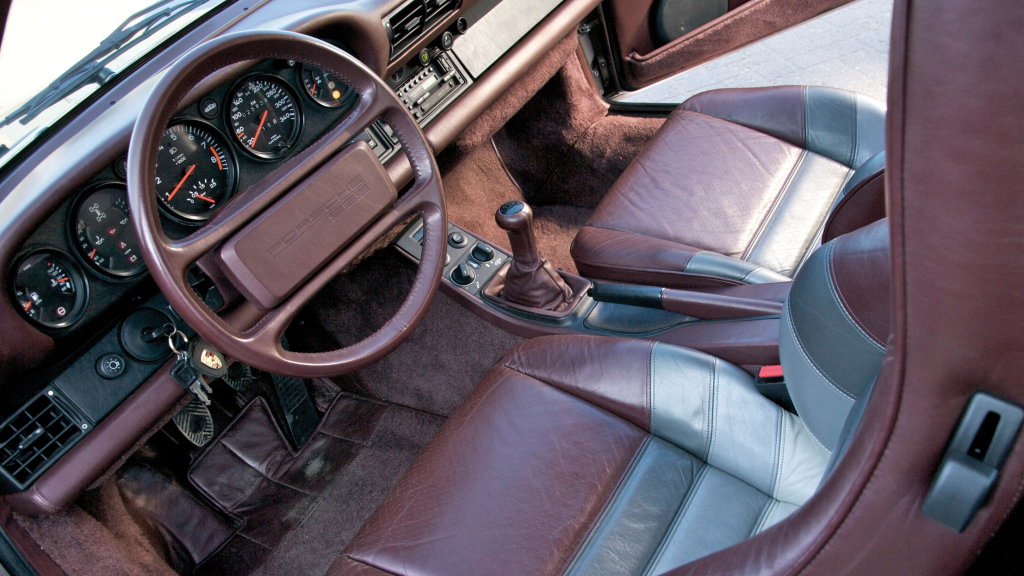
Lightness meets pure power in the 959.
For Porsche engineers, sticking two sequential turbochargers was not enough to perfect their new recipe for rallying. To beat the smug Quattro, the car itself had to be as light as possible, too. Therefore, the whole shell of the car is made out of aluminium and aramid composite for both the bodywork and chassis and on top of that (or rather under), the floor was made out of Nomex, which is a fire-resistant half-aramid composition that was lighter and stronger than the conventional steel that was used back then. To further improve its aerodynamic capabilities, an automatic ride height system was also fitted and its streamlined design resulted in a drag coefficient as low as 0.31. All of this immense hard work resulted in a kerb weight of 1,450 kg (3197 lbs), which is rather impressive considering the all-wheel drive system. Despite all of their efforts, the 959 could not be a huge success in rallying, and here’s why.

Better stick to the road.
A Group B prototype was built and set to be introduced in 1983 Frankfurt Motor Show, and two years later, the road-going production version was shown in 1985 as 1986 model year. By this stage, the Group B version was still not ready, the reason of which we will never know, and Porsche decided to test the 959 chassis by using modified all-wheel drive but naturally aspirated 911 Carrera models codenamed 953 on 1985 Paris-Dakar rally series. The good part of this competition is that it does not require homologation, so it was the perfect opportunity for Porsche to develop the Group B model as the 911 racing cars with 959 chassis did their best to put on a show in these sand-filled challenges.
However, in 1985, both of the two 959 competitors could not finish the race, one of which from mechanical failure, and Porsche decided to add twin-turbochargers for the powertrain and try again next year, and they were definitely glad they tried again, as with more power, the 959’s thrashed the competition and finished 1st (René Metge), 2nd (Jacky Ickx) and 6th (R.Kussmaul). The car was almost ready to take on the Quattro, but guess what? Group B was axed just one year later after Henri Toivonen’s devastating fatal crash in a Lancia Delta S4, essentially killing off what the 959 was initially set out to do. On their pursuit of gravel dominance, however, Porsche created a masterpiece of a car that completely changed their future roadmap, essentially the next-generation 911 models. Besides, the 959 still had something to prove on tarmac, so the road-racing models, renamed as 961 were out for blood in Le Mans and IMSA series.
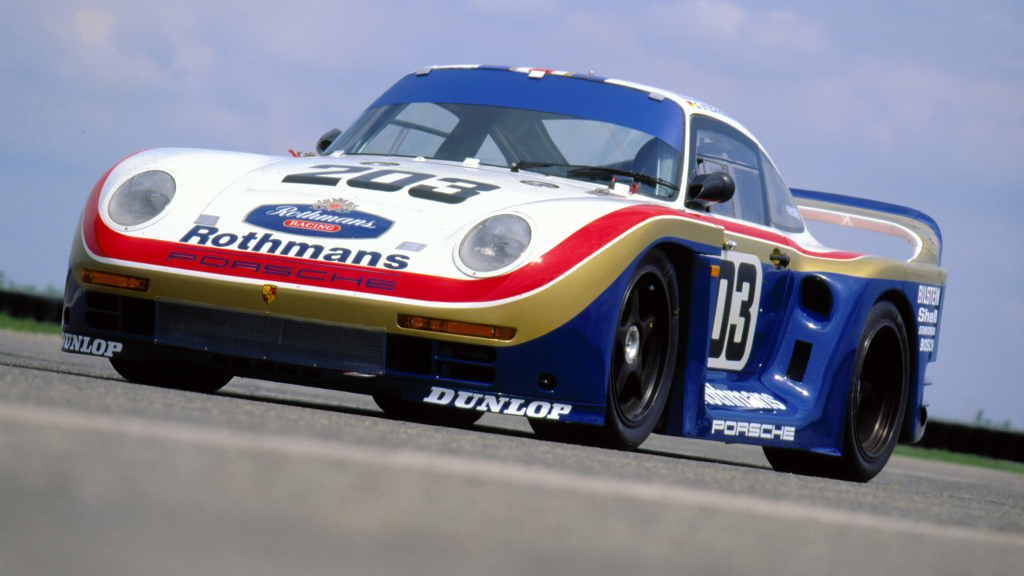
From the iconic Rothmans livery to its astonishing aero, the Porsche 961 was an astonishing car on paper, and the teams were optimistic about its performance in 1986 24 Hours of Le Mans, and their work paid off well as it finished first in its class and 7th overall, driven by René Metge, who already won the Paris-Dakar championship with the rally version and Claude Ballot Lena. It was also taken to IMSA racing but issues with its tires on the banking Daytona Speedway ended its race prematurely. Next year, it was returned to 24 Hours of Le Mans once again, but the Canadian/Dutch driver Kees Nierop crashed into the guard-rail after a mis-shift from 6th to 2nd gear. Shortly afterwards, the car caught fire and was quickly returned to pits. Most of the car was engulfed in flames, but Porsche repaired the whole car and put the 961 in Porsche Museum. Perhaps it was too early for 961 to start competing in tarmac racing right away, but we’ll never know the rest of the story. Today, the 959 sells for millions of dollars and for good reason. It was also owned by high-profile people like Bill Gates, although it took him many years to convince the US government to release his seized car. Thankfully, the ridiculous 25 year rule is long overdue and U.S car collectors can now easily purchase and drive their 959 freely. Thank you for reading this weeks’ COTW, and we’ll see you on the next one.

